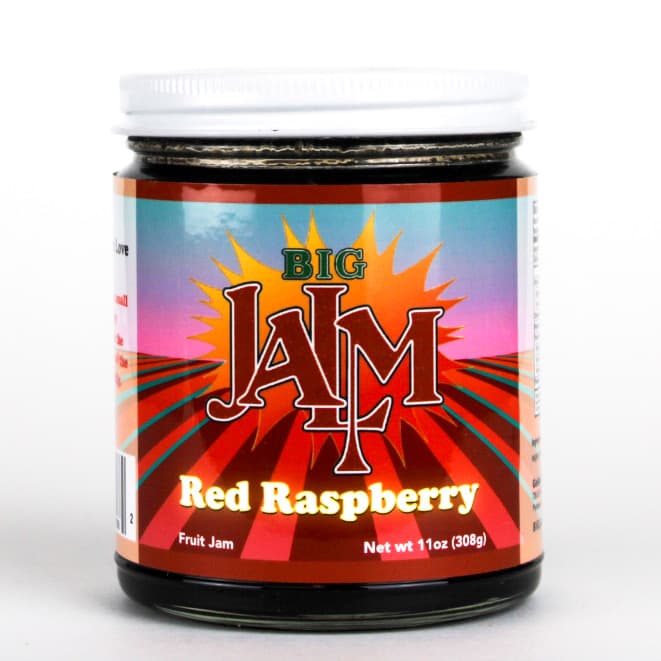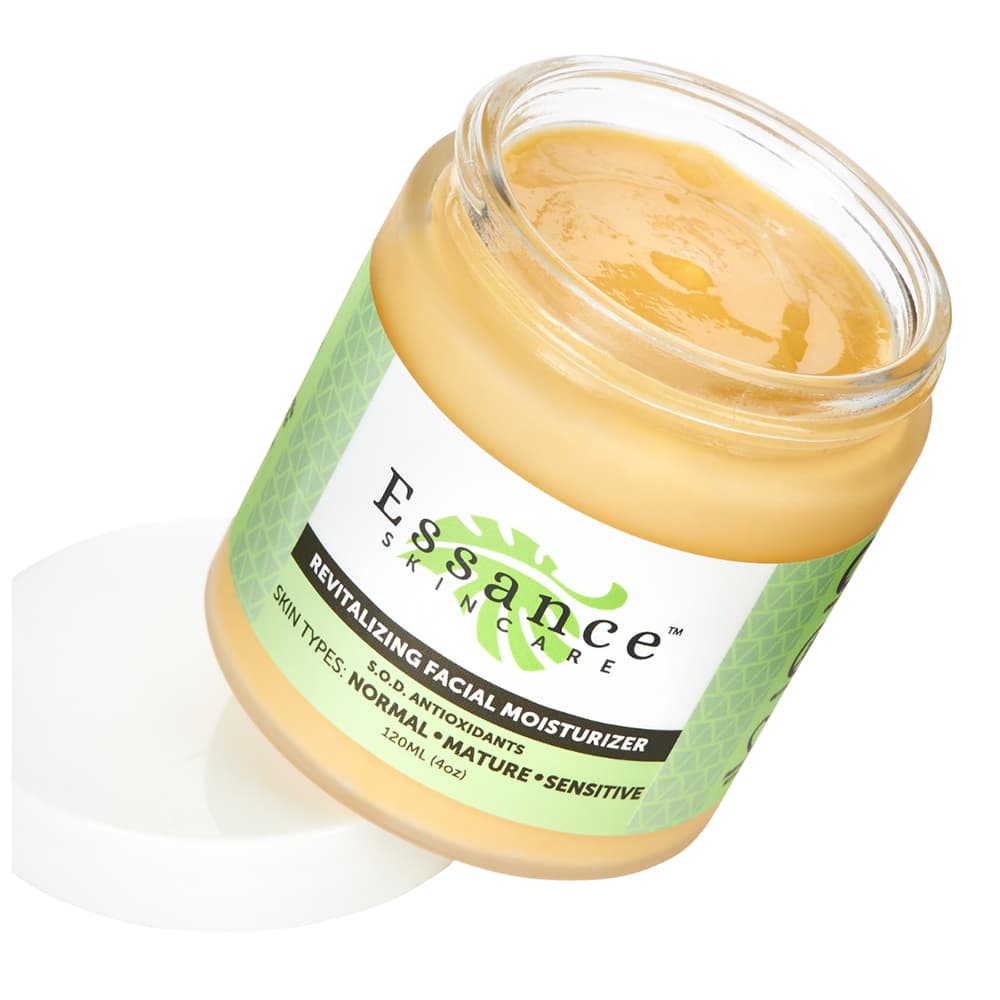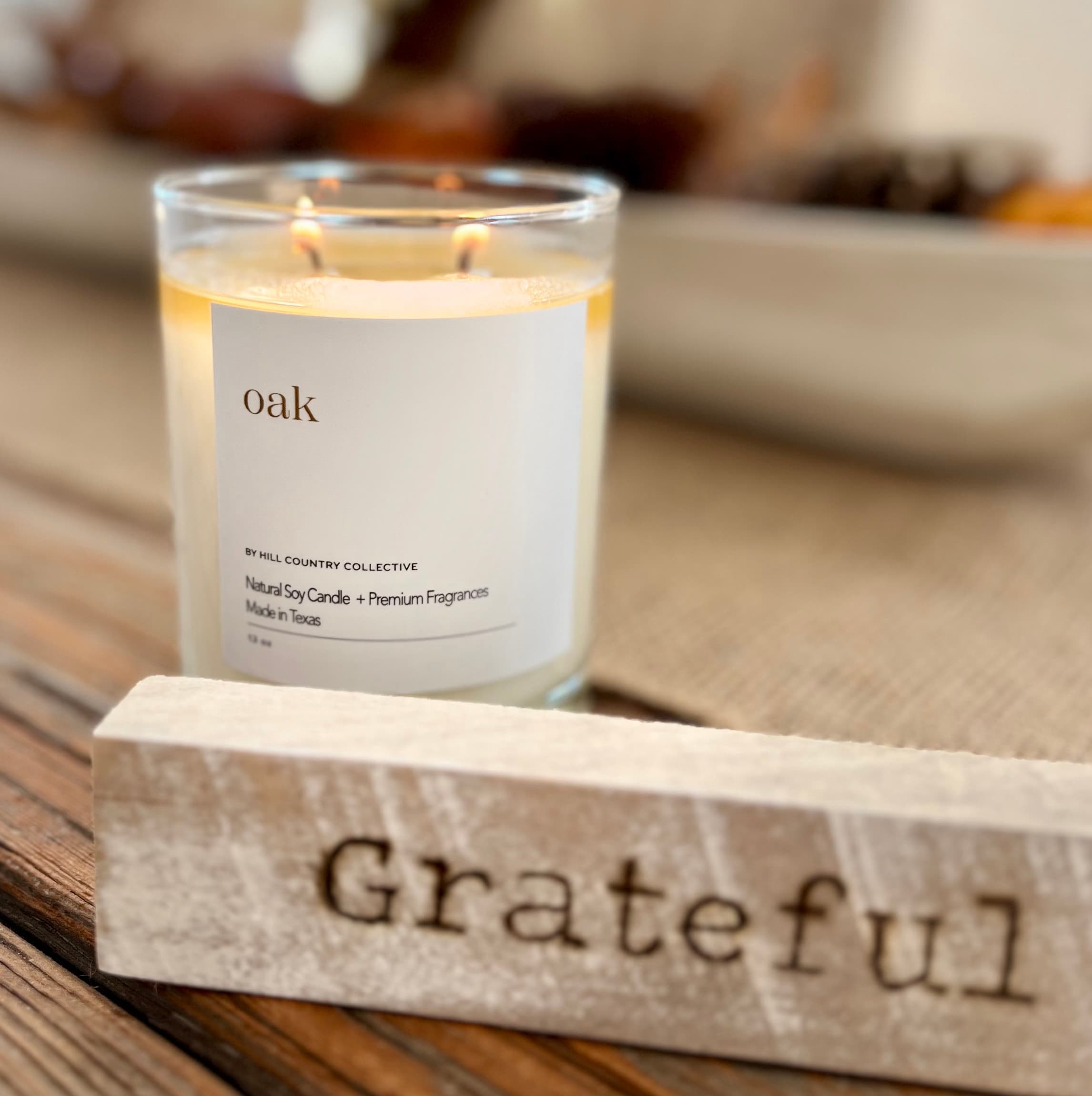A Guide to Jar Labels: Materials and Design Tips
This entry was posted on September 06, 2024 .
Labeling jars might seem straightforward, but there’s a lot more to it than meets the eye. The right label doesn’t just tell people what’s inside—it makes a statement about your brand.
Whether you’re packaging food items, beauty products, or even candles, the label on your jar plays a crucial role in catching the consumer's eye and communicating key information. Let’s walk through the essentials of choosing materials, crafting the perfect design, and ensuring your labels are as effective as possible.


What Goes in the Jar?
Before diving into the materials and design, it’s essential to consider the types of products that typically come in jars. This will help tailor your labeling approach to the specific needs of your product.
Jars are incredibly versatile, used across a wide range of industries:
- Food Products: From homemade jams and jellies to artisanal pickles and sauces, jars are a staple in the food industry. The airtight seal keeps contents fresh, making it a popular choice for consumables.
- Beverages: Cold-pressed juices, smoothies, and even cocktails are often packaged in jars, offering a rustic, eco-friendly alternative to plastic bottles.
- Beauty and Personal Care: Think of luxurious body scrubs, facial creams, and bath salts. Jars offer both aesthetic appeal and functionality, keeping these products fresh and easy to use.
- Candles: Jars not only provide a safe container for candles but also enhance their visual appeal. The right label can include scent descriptions, burn time, and even safety warnings.
- Home Goods: Craft supplies, DIY kits, or even decorative items like marbles or seashells—jars are used to package all sorts of home goods. Labels help communicate what’s inside and add a touch of branding.
Pro Tip: Consider how your product will be used when choosing label materials. A jar of pickles stored in the fridge will have different labeling needs than a jar of bath salts kept in a steamy bathroom.
Choosing the Right Materials for Your Jar Labels
The material you choose for your jar labels is crucial—it impacts not only the appearance but also the durability of the label. Here’s a look at some of the most popular options:
BOPP (Biaxially Oriented Polypropylene): This material is a go-to for many jar labels, especially for food and beauty products. BOPP is waterproof, oil-resistant, and available in a range of finishes like clear, white, and metallic. It’s the kind of label that stands up to the rigors of daily handling and looks good while doing it.
Eco-Friendly Options: If your brand is all about sustainability, consider labels made from recycled paper or other eco-friendly materials. While they might not be as durable as synthetic options, they align perfectly with products that emphasize natural or organic ingredients.
Estate Paper: Want to give your product a premium feel? Estate paper offers a textured, high-end look that’s perfect for gourmet foods or luxury candles. Just keep in mind that this material isn’t waterproof, so it’s best suited for products that won’t encounter moisture.
Vinyl Labels: For products that might get wet—think sauces, beverages, or anything stored in the fridge—vinyl is an excellent choice. It’s tough, waterproof, and resistant to fading from UV light, ensuring your labels look fresh for longer.
Foil Labels: When you want your product to catch the light (and the customer’s eye), foil labels add that touch of luxury. They’re especially effective for limited-edition products or holiday-themed goods where a little sparkle can go a long way.
Pro Tip: Always test your label materials in the environment where your product will be used. A label that looks great in the office might not perform as well when exposed to moisture, heat, or cold.
Designing Labels That Make an Impact
Now that you’ve chosen the right material, it’s time to focus on design. The goal is to create a label that not only provides information but also enhances the product’s appeal.
Make It Readable:
Your label needs to be legible from a distance. Choose fonts that are clear and easy to read, and ensure the text size is appropriate. Remember, less is more—don’t overcrowd your label with too much information. Stick to the essentials like product name, ingredients, and your brand logo.
Use Color to Your Advantage:
Colors aren’t just for aesthetics—they’re a powerful tool for brand recognition. Bold colors can grab attention, while softer tones might convey a sense of luxury or natural purity. Make sure your color choices align with your brand identity and complement the contents of the jar.
Top It Off:
The top of the jar is valuable real estate. It’s often the first part of the jar that customers see on the shelf. Use this space for your logo, a flavor or scent description, or even a fun tagline. This is especially effective for products displayed from a top-down view.




Don’t Forget the Bottom:
While it might not be the star of the show, the bottom of the jar is the perfect spot for UPC codes, batch numbers, or production dates. Keep this area clean and minimal to avoid detracting from the main label, but ensure it’s informative.
Think About Shape and Size:
The shape and size of your label should complement the jar’s design. A round jar might benefit from a wraparound label, while a square jar might look best with a flat, rectangular label. If you want to stand out, consider custom die-cut labels that match your brand’s personality.
Pro Tip: Consider using a secondary label on the back of the jar to include additional information, like nutritional facts or care instructions, leaving the front label free for branding and marketing.
FAQ: Jar Labels
What is the best material for jar labels?
BOPP is often considered the best material for jar labels due to its durability and resistance to water and oils. It’s especially popular for food and beauty products, but eco-friendly materials or estate papers are great choices for specific branding needs.
Can I use paper labels on jars?
Paper labels can work on jars, but they’re less durable than materials like BOPP or vinyl. They’re best used for products that won’t be exposed to moisture or frequent handling.
How do I prevent my jar labels from peeling off?
To prevent peeling, ensure that your jars are clean and dry before applying the labels. Using a strong adhesive and selecting a material suited to the product’s environment are also key to maintaining label integrity.
Should I label the tops and bottoms of jars?
Yes, labeling the tops and bottoms of jars can maximize branding opportunities. The top is great for logos or flavor details, while the bottom is ideal for UPC codes or production information.
Can I create custom-shaped labels for jars?
Absolutely! Custom die-cut labels can add a unique touch to your jars. Just ensure the shape complements the jar’s design and fits well without wrinkling or peeling.

 Custom Labels
Custom Labels  Custom Beverage Labels
Custom Beverage Labels  Custom Lip Balm Labels
Custom Lip Balm Labels  Custom Warning & Safety Labels
Custom Warning & Safety Labels  Perfume Bottle Labels
Perfume Bottle Labels  Bumper Stickers
Bumper Stickers  Custom Prop 65 Warning Labels
Custom Prop 65 Warning Labels  Custom Stickers
Custom Stickers